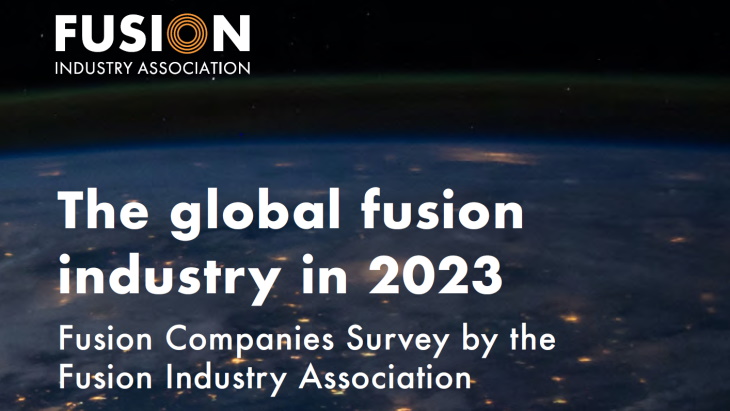
The additional funding, it said, comes from 27 individual investments, which include USD250 million for TAE Technologies of the USA, USD200 million for China's ENN Science & Technology Development Co, USD79 million for Kyoto Fusioneering of Japan, USD55 million for Energy Singularity of China, among others.
"While the total new funding announced this year is less than last year's USD2.8 billion, it shows continued investment in and excitement about the industry, even as many technology investors have pulled back in other fields," the report says. "Last year's survey was dominated by a couple of big investments (USD1.8 billion in Commonwealth Fusion Systems and USD500 million in Helion Energy), while this year saw a much wider range of smaller but significant investments, including bets on emerging companies and new fusion approaches."
"Although growth in investment is down from 2022, we still saw a few pretty sizeable investments and a growing volume of smaller ones, totaling USD1.4 billion, in a period where fears of inflation, interest rate increases, and even bank failures led many investors to hold onto their money," said FIA CEO Andrew Holland.
He added: "Beyond private investment, it is also notable that we are seeing an increase in public-private partnerships, and an emerging regulatory framework for fusion, which will de-risk future investments. This shows that governments are beginning to plan for fusion energy and a sure sign of a maturing industry. This all comes as companies report they are increasingly confident of hitting their ambitious milestones."
The latest survey found that four companies believe they will deliver power to the grid by 2030, and 19 by 2035.
However, the FIA noted that delivering power is not same as being commercially viable, and challenges remain. Commercial viability requires low enough cost, and high enough efficiency in converting energy, to make fusion profitable, it said. Eighteen companies predict that their fusion approach will be commercially viable by 2035 and a further 13 by 2040.